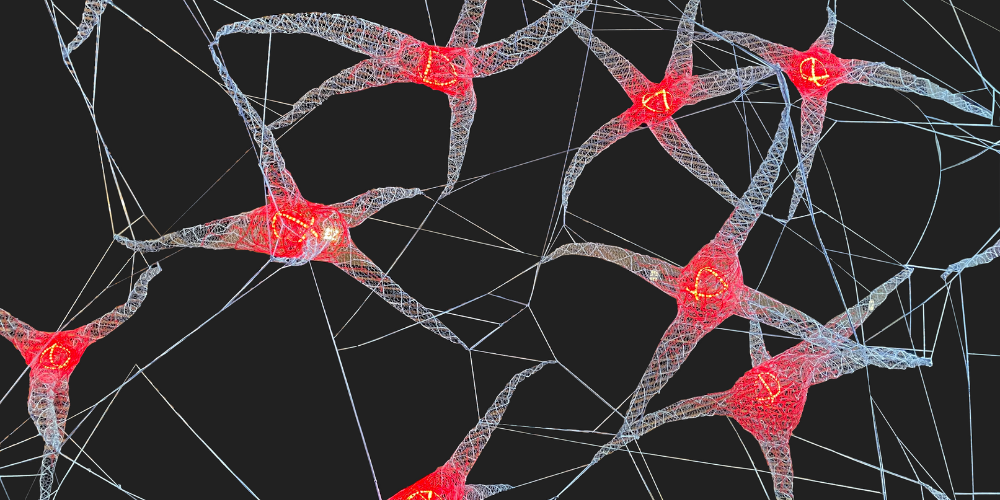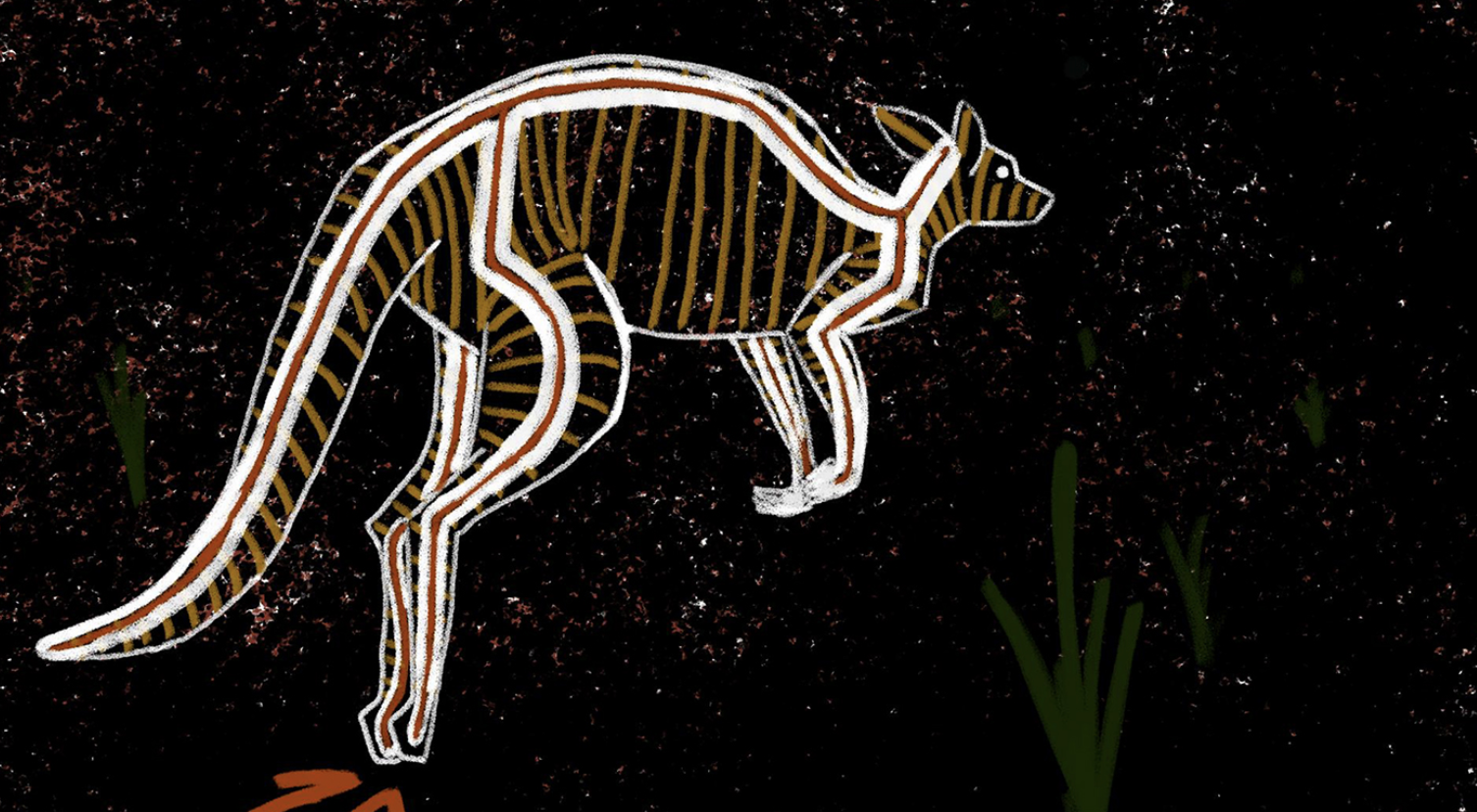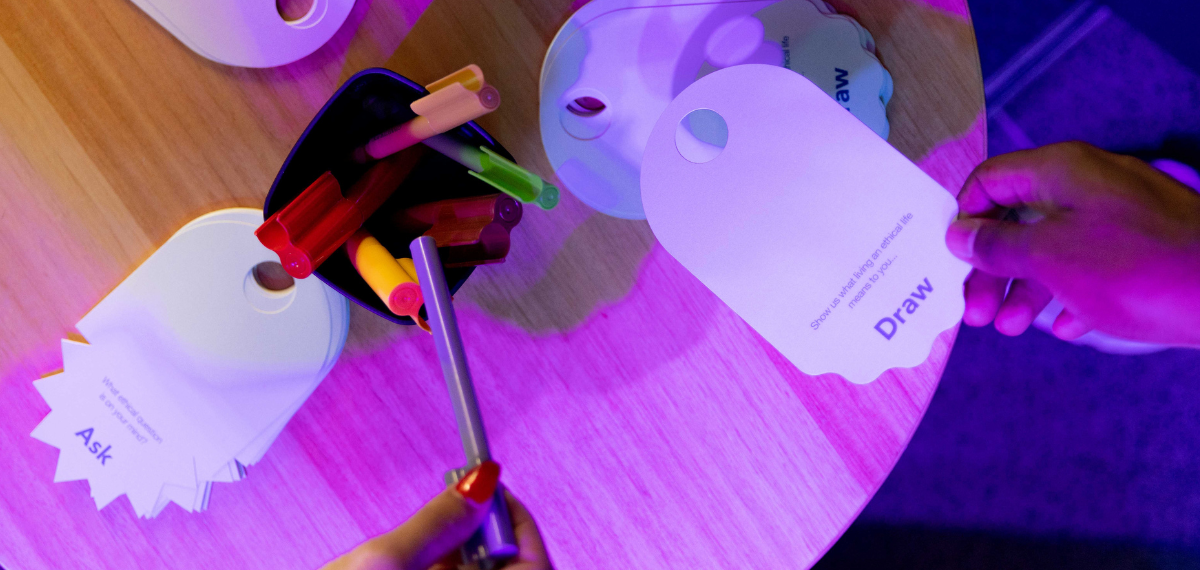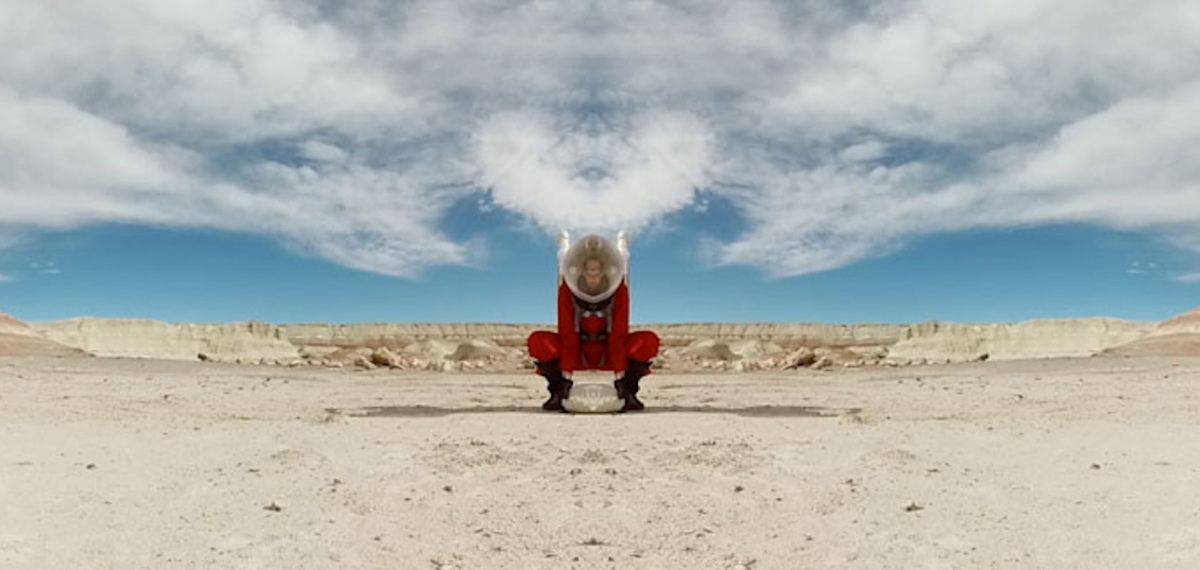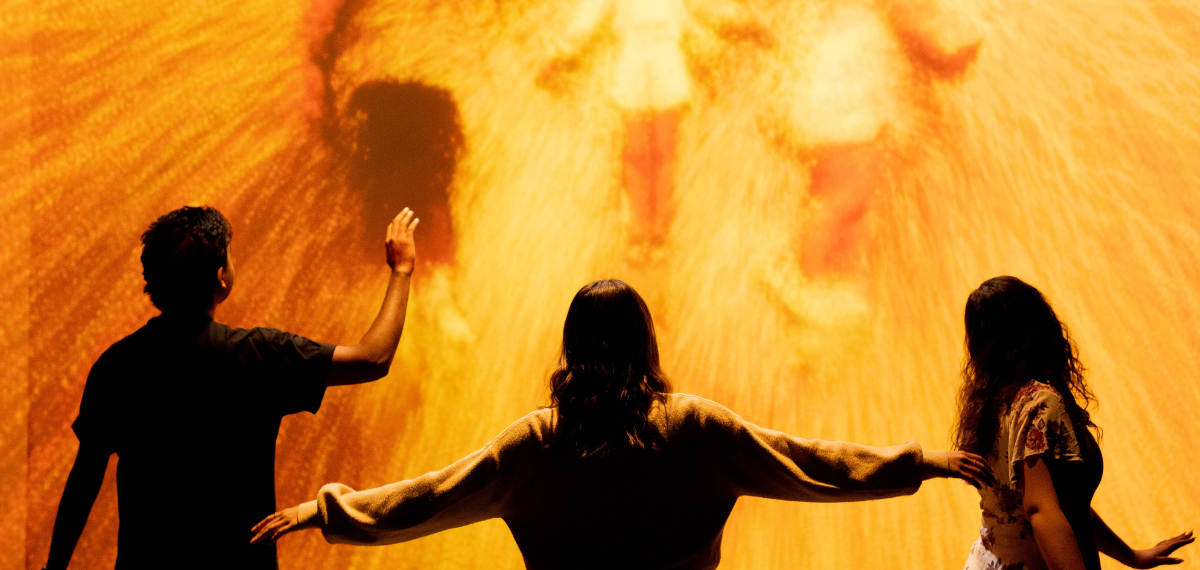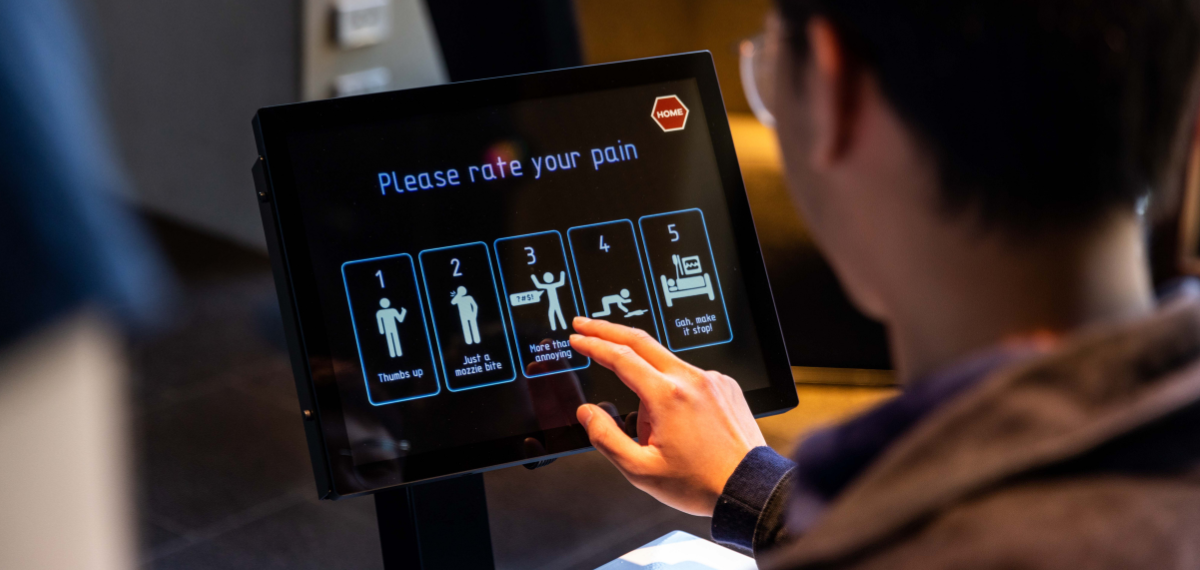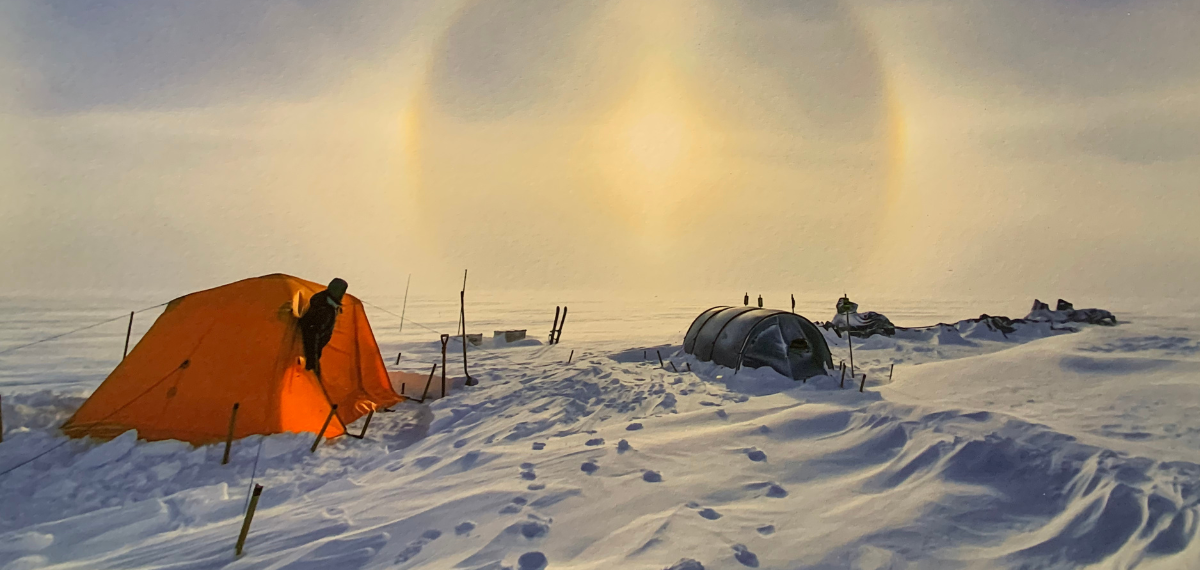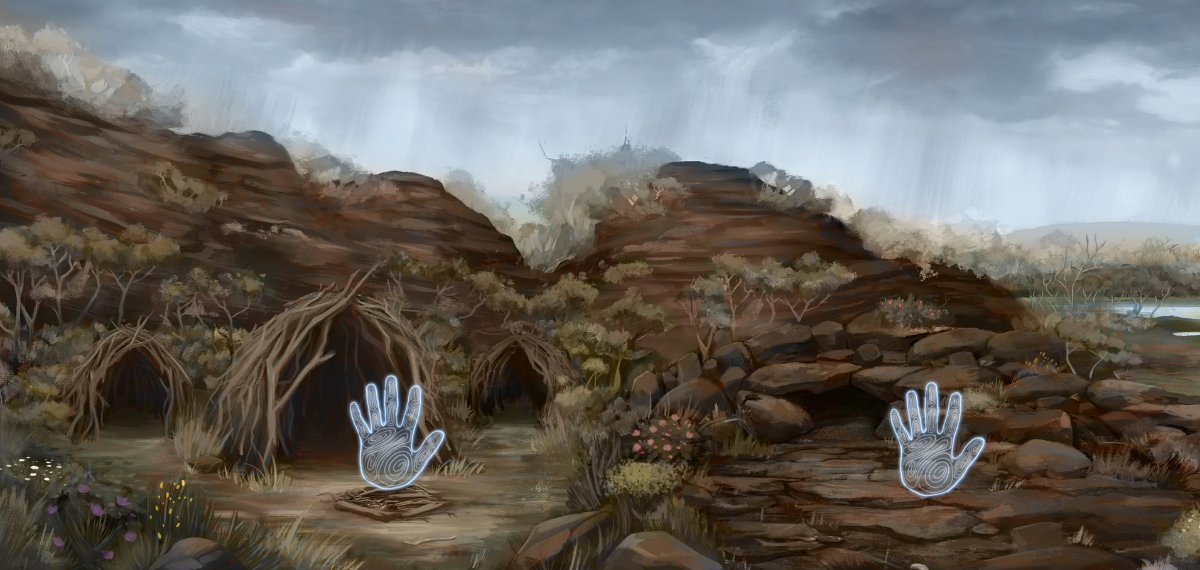Can you change the system?
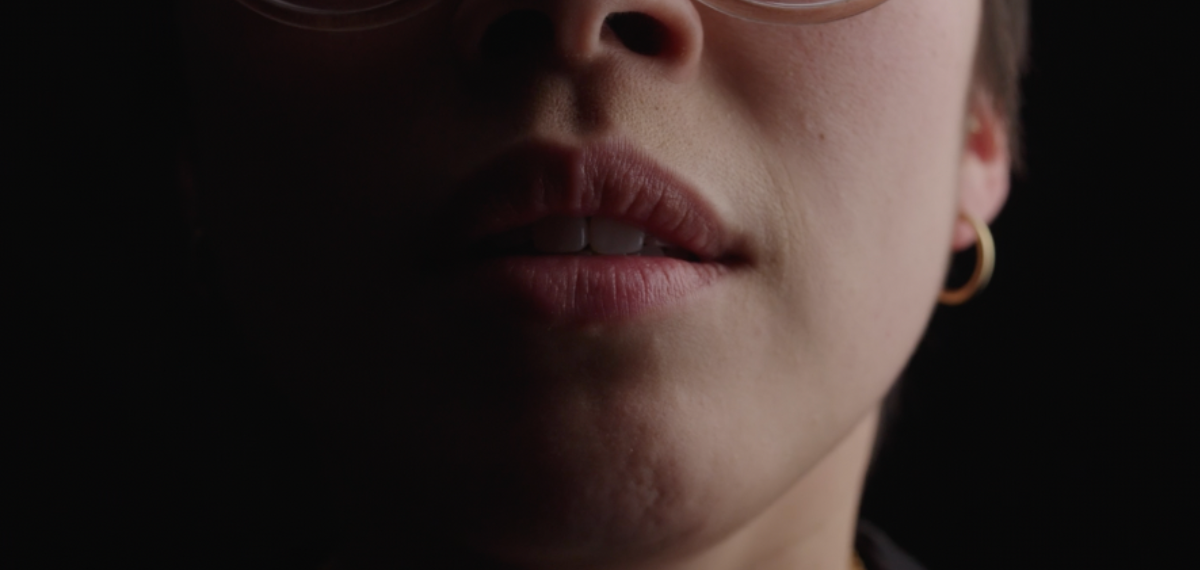
Exhibit Details
Open JanNov 2023
- In Brief
- Want More?
- Accessible Resources
- Photos of exhibit
This exhibit was part of the exhibition FLEX which ran from 17 January – 24 November 2023.
The world is changing and we are changing, life can at times seem to be increasingly harder to navigate.
How can we meet the thresholds of our capacity to cope and come out the other side?
In this installation, you are faced with disarray. You’ll cut your path through a deconstructed landscape. Mangled structures, hanging cables, and swinging lights amplify stress.
Breathe embodies the journey from adversity to resilience. It uses breathing as a vehicle to travel between the stages of the installation.
Take a turn, and find yourself on the side. Exhale, and note the environment you are in. How does it make you feel? Are you responsible for your own resilience?
Discover more
Watch:
Read:
- Read a Year of Compassion for a new perspective on resilience and compassion
- What is compassion and how can we measure it?
- Read Mental Health, A Person-centred Approach for more insight into understanding yourself
- Immersive VR: empowering kids to survive in fire, flood, and war to look at how resilience can be applied in community settings
Listen:
Transcript for Breath here.
Audio description:

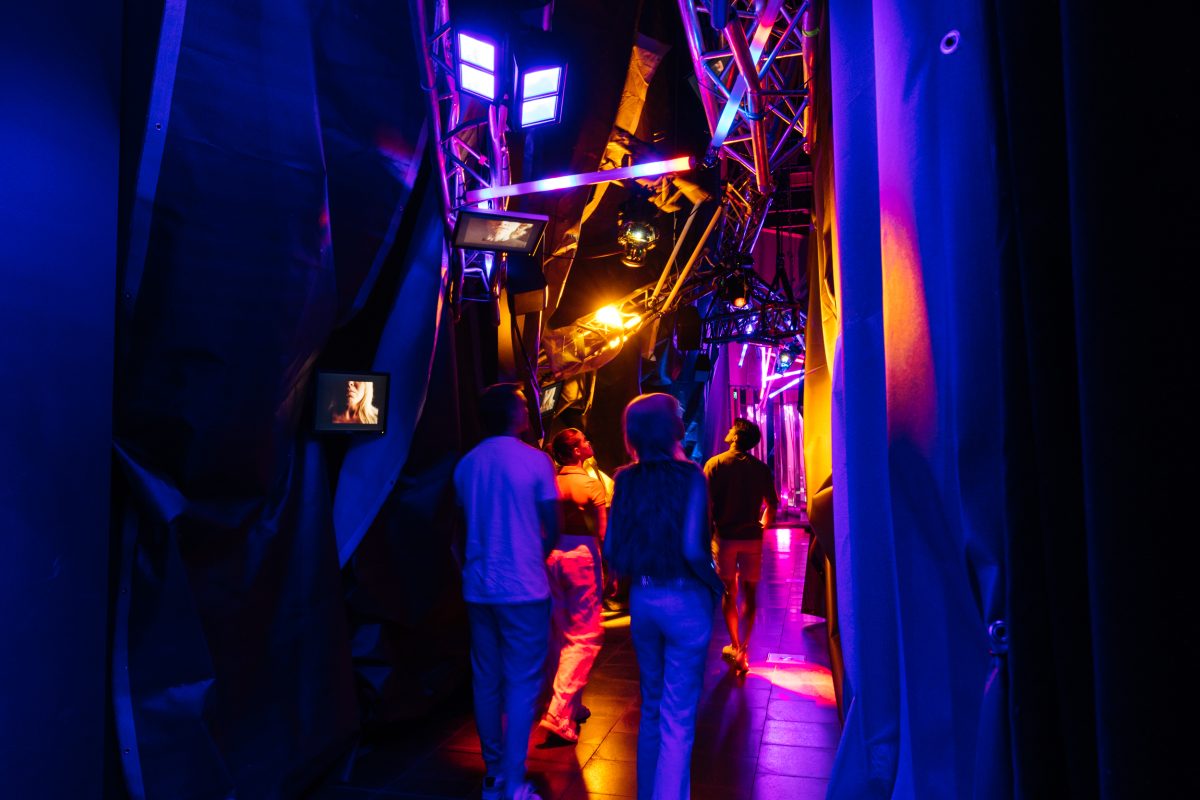
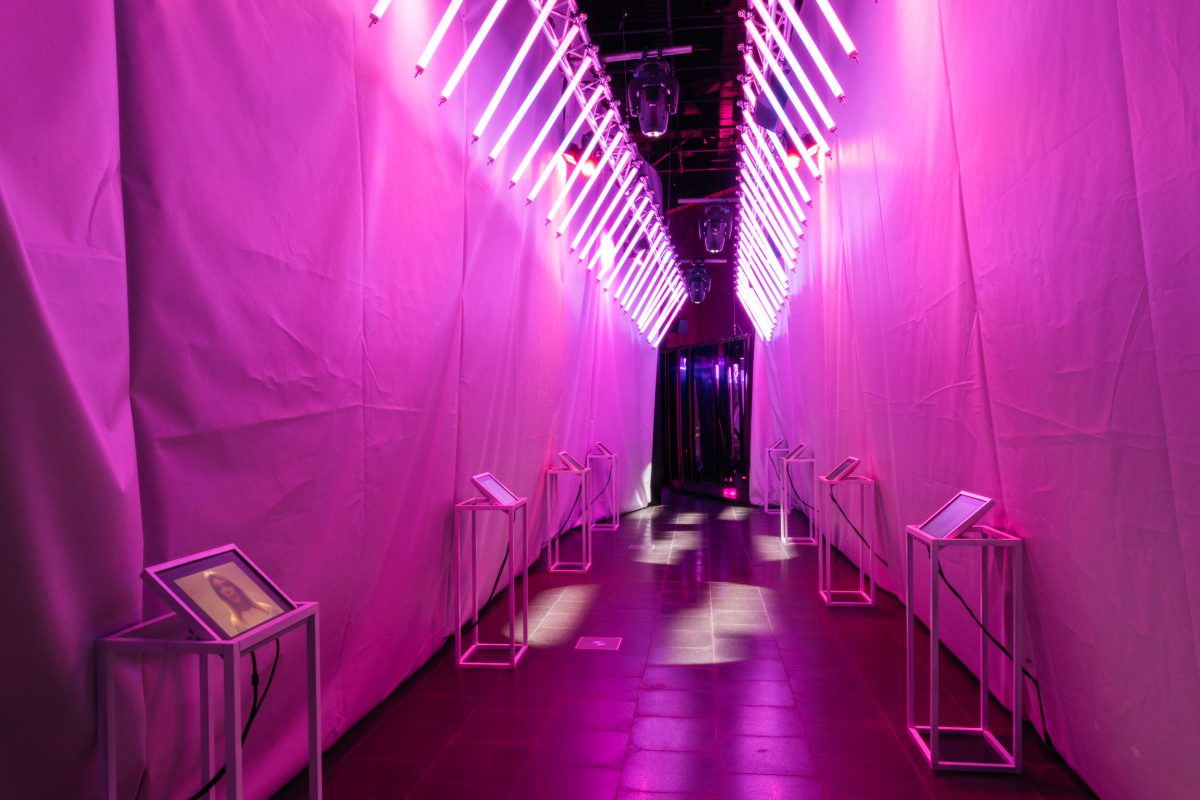
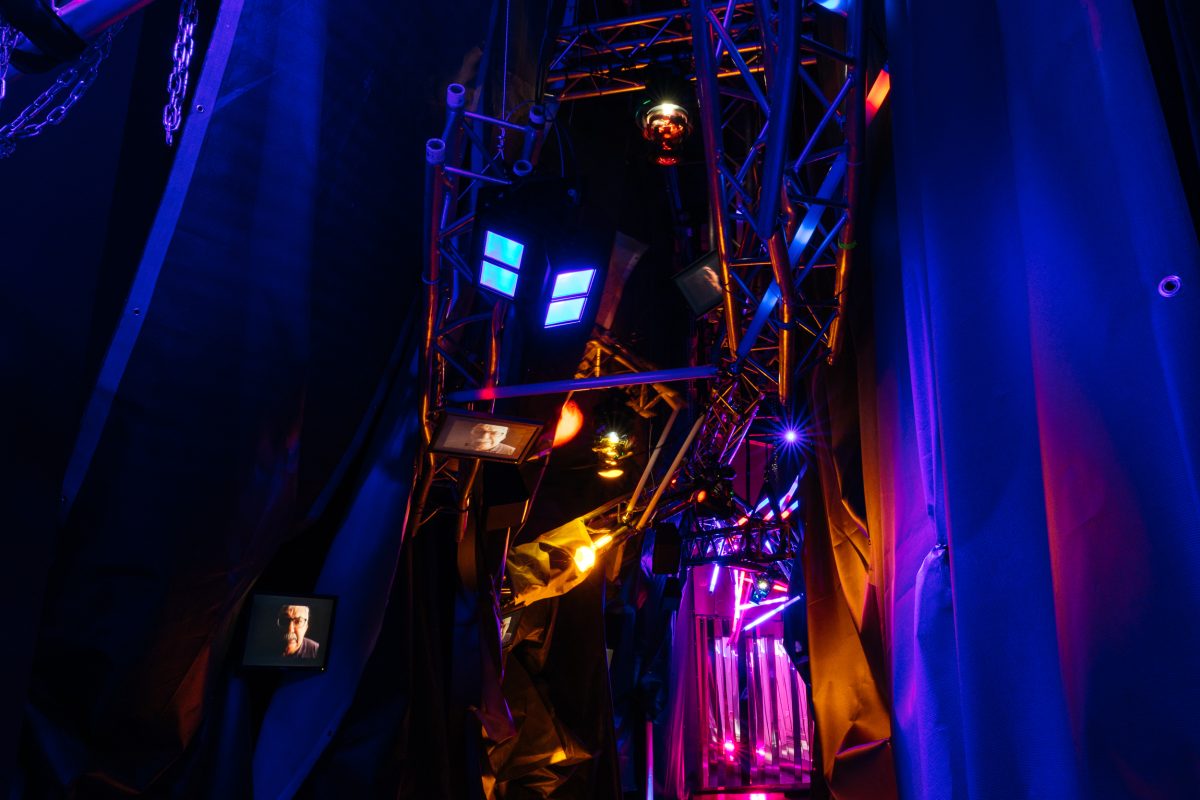
Credits
- Harsh Realities Artist and Production
- Motez Sound Design

